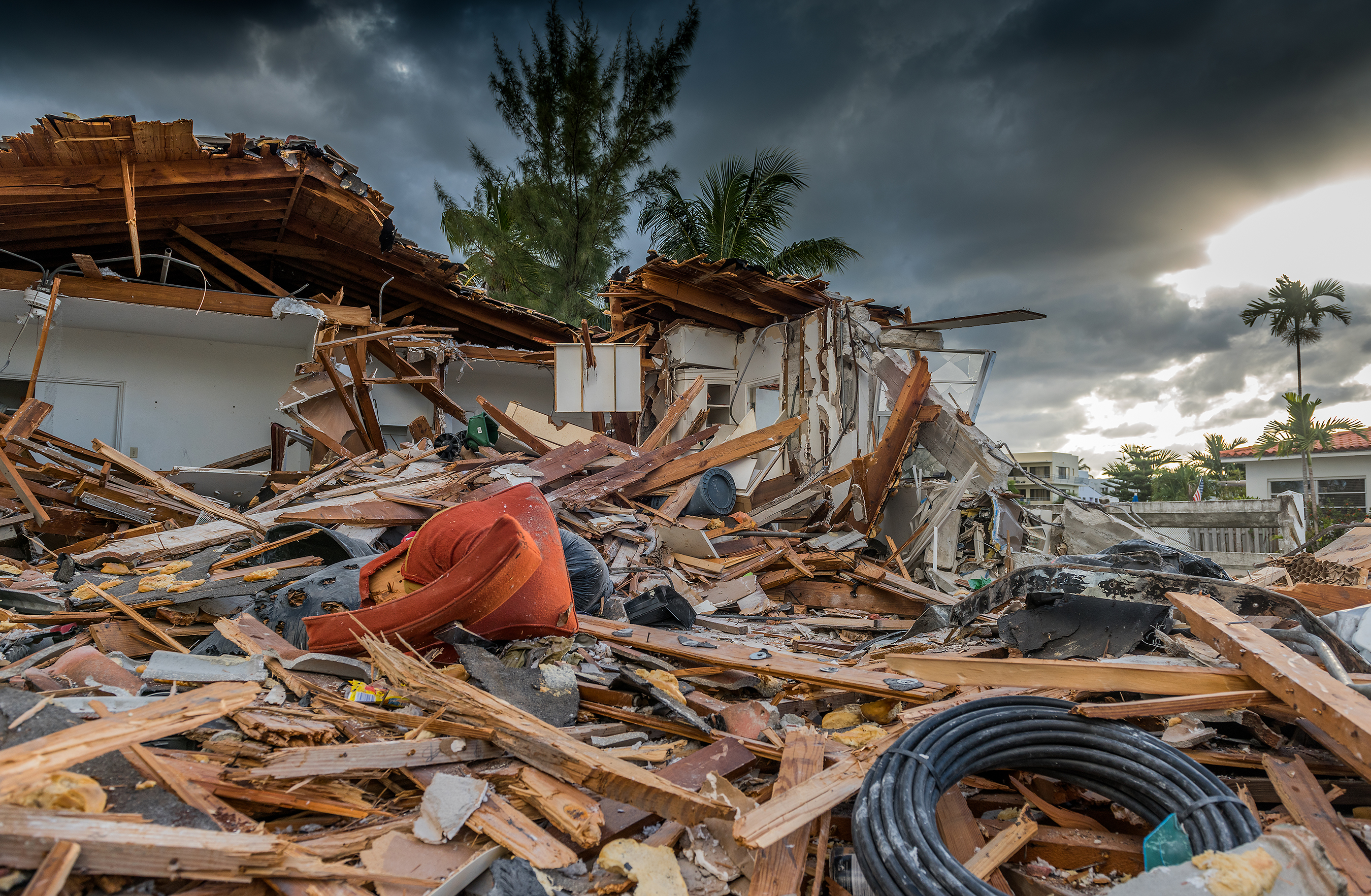
01 Apr Tornados and Hailstorms and Hurricanes and Floods and Wildfires, Oh My!
It’s a little more than “Lions and Tigers and Bears, Oh My,” but you get the idea. The frequency and intensity of catastrophic events have become a significant concern for insurers, agencies, and insureds. We know insureds must be adequately prepared. Are yours?
When recently working with one of my accounts on the East Coast, they kept talking about “the season” and whether the letter was ready to go out. My mind told me we are in Spring, and Summer isn’t here until June. What are they referring to? June 1 is the start of Hurricane Season, and each May, they send out an informational letter on what to do to prepare and what to pack in case of an evacuation.
I didn’t grow up in a hurricane area, but I did grow up in a tornado area. There wasn’t typically much preparation time. Often, the warnings came too late, but not today due to technology. Recently, my local station had us under a “Weather Impact Warning” for bad storms. Those storms had the potential for hail, 70+ mile-an-hour winds, and potentially bad tornados. They advised where to go if you are in your house, where to go if you are in a car, and how to clear items from the property so they do not become projectiles. It was Risk Management 101. So even today, there is prep time for most catastrophic losses. The “how bad” is still the big question.
The economic ramifications of catastrophic storms are staggering. The aftermath often results in billions of dollars in damages, affecting infrastructure, homes, businesses, and lives. Insurance is crucial in providing a safety net, but preparedness is key to minimizing the impact. According to the insurers, they have always had losses. It is the intensity and frequency that are causing them to scale back or abandon the market altogether in many areas.
Insurance policies are tailored to protect against many storm-related damages. These include homeowners, renters, flood, and business policies. Each type of coverage addresses specific aspects of damages that may occur. The big question is, “Do your insureds know what has been scaled back?” Admitted carriers must advise insureds of these types of reductions, but non-admitted carriers do not have to. Many insureds may be surprised after a loss.
Insureds need to understand their insurance policies thoroughly. Key areas to focus on include coverage limits, exclusions, deductibles, and claim procedures. Regular communication with insurance agents can help clarify any ambiguities and ensure the coverage aligns with the insured’s needs.
The first step in preparation is conducting a thorough risk assessment. Insureds should evaluate their property’s vulnerability to storms and fires and identify potential weak points. This assessment may help guide them through preventive measures and insurance adjustments.
I am sure we all remember the drills at school. The region you live in impacts the drills you practice in school, but ours were always fire and tornado. Having a clear emergency plan is essential for both commercial buildings and homeowners. This plan should include evacuation routes, communication strategies, and a list of essential supplies. Regular drills and updates to the plan can ensure that all family members or employees are well prepared in case of an impending event.
We all assume that every business has a plan, and many do, but my “Risk Management Walking Tour” program has proven differently. If we go to a resort, my first stop is the front desk to ask what the evacuation plan is. The reply is often, “What is an evacuation plan?” and when I explain, the next reply is, “I have to do what?”
Investing in fortifications can significantly reduce storm damage. This includes reinforcing roofs, windows, and doors and securing outdoor objects that could become projectiles during a storm. Elevating electrical systems and installing sump pumps may also be beneficial.
Maintaining an updated inventory of possessions and important documents is essential for facilitating insurance claims. Insureds should document their belongings with photographs or videos to prove what they had and store copies of critical documents in a safe, accessible location.
Watching the news after the California wildfires, one news reporter had an excellent risk management idea: a “Wildfire Go Bag” that is easy to access and carry. Include items such as important documents, flashlights, battery-powered radios, a change of clothes, prescriptions or medications, water and food for a couple of days, money, a credit card, and a first aid kit, basically everything to help you survive. Instead of a “Wildfire Go Bag,” I would call it a “Catastrophic Go Bag” since these items are needed for all events.
Preparation is the cornerstone of resilience against catastrophic events. While insurance provides a critical safety net, proactive measures and thorough planning can significantly mitigate risks and reduce potential losses. By understanding their policies, fortifying their properties, and staying current on what may be coming, insureds can better navigate the challenges posed by these natural disasters. Being prepared is not just an option but a necessity.


